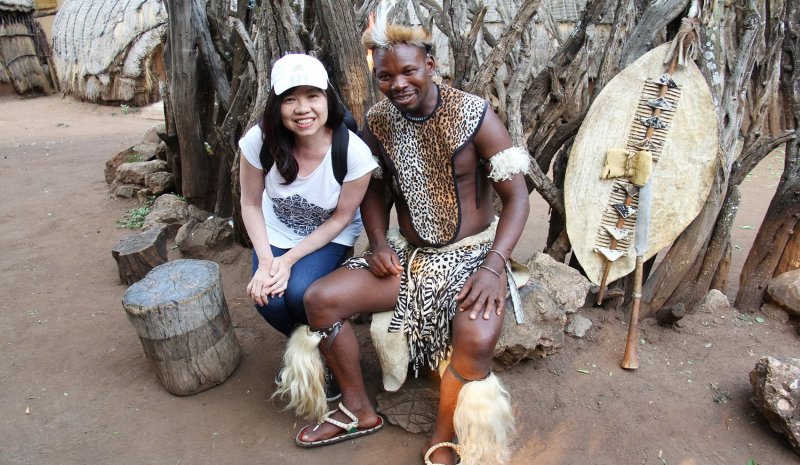-

Make a real difference...
-

to communities across Africa.
-

Share skills and knowledge...
-

and sponsor children...
-

to develop a better future
-

...and change lives forever!

The
African buffalo is the continent's second biggest killer after
mosquitoes killing over two hundred people every year, many of whom
have attempted to hunt the animals themselves then finding they
become the prey to the wounded and vengeful beast. Indeed it is said
that buffalos never forgive and have been known to attack people who
harmed them many years previously. In the wild the African
buffalo will live for 18-20 years, reaching maturity before the age
of five and weighing a mighty 300-900kg with horns that grow up to
160cm long. They live in swamps, grasslands and even forests in the
areas shown in the map (below) but require huge amounts of water thus can mainly be found where water is always
available throughout the year. They are capable swimmers and will
often traverse rivers in search of better grazing. Buffalo herds vary in size from large
savannah herds of 30-500 individuals living in a "range" of 26 to
1,075 square kilometres to much smaller forest herds of just 8-20
animals.

Forest buffaloes are also smaller in size with reddish brown
coats compared with the black or dark brown coats of the savannah
buffalo. The buffalo herd will move in a circular manner around the
range allowing for vegetation to regrow. The female buffalo normally has
offspring every two years from the age of 4-5yrs with a gestation
period of 11-12 months and the children, once born,
remain dependent on their mother for almost a full year. Female
calves tend to remain in the herd permanently, whilst the males
often leave by the age of four.
There are over a million buffalo in
Africa with three quarters of them living in protected areas. As
such, despite ongoing hunting, their survival is not a cause of
concern unlike other members of Africa's Big Five club of animals. In fact they are much more susceptible to diseases such as Foot and
Mouth (and, historically Rinderpest), than hunting either by humans
or other mammals with only lions and crocodiles daring to take them
on and then only in large numbers and when they think the buffalo is
vulnerable. The African buffalo is a herbivore and lives mainly on grass and
other green foodstuffs however if such nutrition isn't abundantly
available, they lose their condition rapidly. As such, malnutrition is a major source of early death and
they are rarely found living in areas with less than 10 inches of
rainfall each year. The video (below) shows the African buffalo in its natural habitat.
African Buffalo: Big Five Animals
|
African Buffalo: Safari Webcam
|

|
Details of current volunteer work
opportunities in each of the
countries of Africa.
Find how to sponsor a child in Africa
with our list of organisations,
charities, programs and projects.
Discover all about Africa, its tourist
attractions, history, people, culture
and daily life there.
A treasure trove of African
resources from webcams to
free downloads and news.